How to Reactivate a Deactivated IEC Code: A Step-by-Step Guide
If you’re involved in import-export business operations, you know the significance of the Import Export Code (IEC). It’s a unique code issued by the Directorate General of Foreign Trade (DGFT) that every exporter or importer must have to legally trade across borders. However, what happens if your IEC code gets deactivated? Does it mean the end of your international business ventures?
The answer is no! A deactivated IEC can be reactivated, and in this blog, we’ll guide you through the process to get your IEC back in action. Let’s dive in.
Why Does IEC Get Deactivated?
Before discussing how to reactivate a deactivated IEC, it’s important to understand why it happens. Some of the common reasons for IEC deactivation include:
- Non-filing of Annual Returns: The DGFT requires regular updates about the business’s activity. If these updates (annual returns) are missed or ignored, your IEC could be deactivated.
- Inactive Business: If your business is inactive or has not been involved in any imports or exports for a prolonged period, the DGFT may deactivate your IEC.
- Failure to Update Details: Any change in business details, such as ownership, address, or bank account, must be updated with DGFT. Failing to do so may lead to deactivation.
Steps to Reactivate Your IEC Code
Reactivating a deactivated IEC code is a straightforward process if done correctly. Here’s how you can go about it:
1. Log in to the DGFT Website
- Visit the official DGFT website and log in to your account.
- If you don’t have an account, you’ll need to create one by providing some basic business details.
2. Go to the IEC Section
- Once logged in, navigate to the IEC section on the DGFT portal.
- Click on the option that says “Reactivation of IEC”.
3. Check for Outstanding Issues
- Before proceeding with reactivation, check if there are any pending tasks, such as the filing of annual returns or any other required documents.
- Make sure your business is active and compliant with all necessary regulations.
4. Update Your Business Information
- If your IEC has been deactivated due to outdated business information, such as an incorrect address or bank details, make sure to update it on the DGFT portal before reactivating.
- You may need to upload supporting documents like business registration proof or address proof.
5. Submit a Reactivation Request
- After ensuring all your details are accurate, submit the reactivation request form on the DGFT portal.
- You may also need to pay a small fee for the reactivation process, which can vary depending on your business type.
6. Wait for Confirmation
- After submitting the request, you’ll receive a confirmation email once your IEC is successfully reactivated.
- It may take a few working days for the reactivation to be processed.
What to Do If Your IEC Reactivation Is Delayed?
If you’ve followed the steps and still haven’t received confirmation, it could be due to a few reasons:
- Pending Documentation: Sometimes, the DGFT may require additional documents for verification. Ensure you have submitted all required files.
- Technical Issues: Sometimes, portal glitches or technical issues can delay the process. If you believe there’s an error, you can reach out to the DGFT helpline or contact us for assistance.
Why You Should Act Quickly
A deactivated IEC means you cannot legally import or export goods under your business. Reactivating it quickly ensures that your business continues its operations without any disruptions. Additionally, it helps you maintain credibility with international suppliers and customers.
Need Assistance?
If you’re facing any issues or if the process feels overwhelming, The Tax Compliance team is here to help! We specialize in IEC code registration and reactivation and can guide you through every step to ensure smooth reactivation.
📞 Contact Us for Expert Guidance
- Call Us: (+91) 74-192-77-192
- Mail Us: thetaxcompliance@gmail.com
- Website: thetaxcompliance.com





